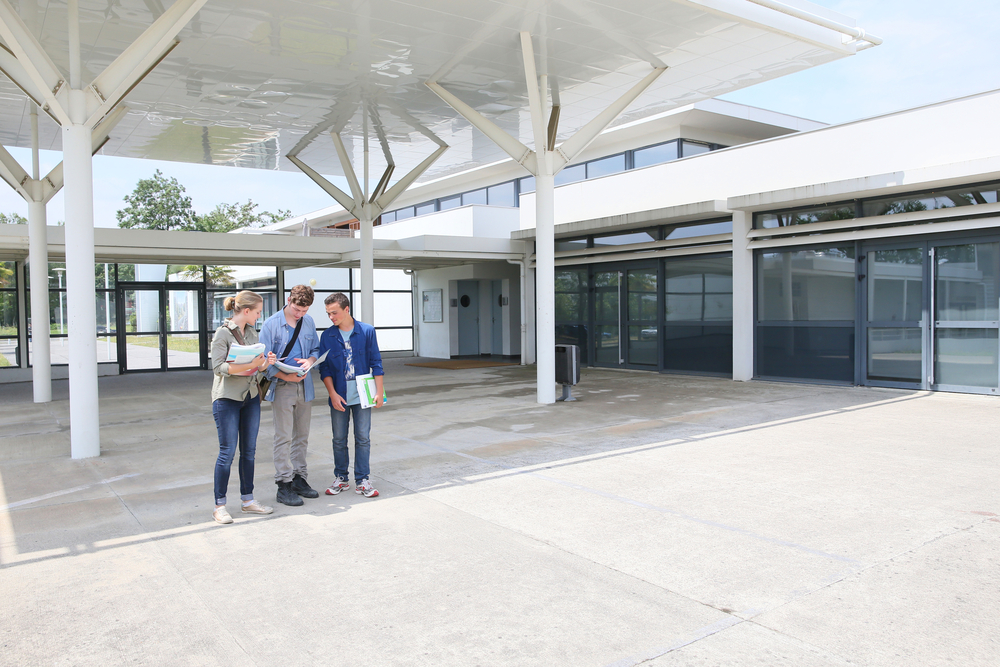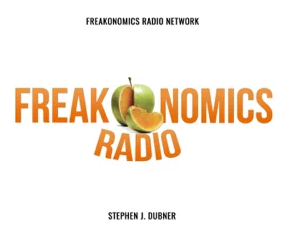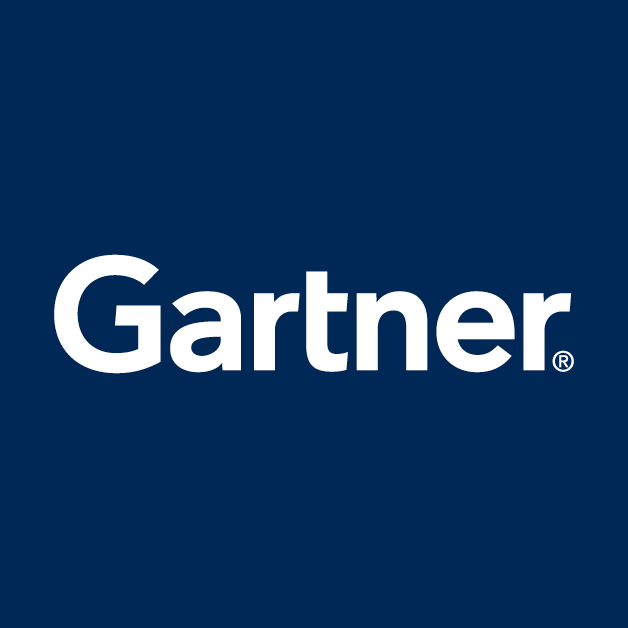Will they show up? Fighting pandemic summer melt by engaging attitudes
By Keith P. O’Brien
6 minutes estimated time to read

First, the point of this blog series isn’t to confirm the extraordinary challenges universities face in enrolling the Fall 2020 class. This series shares the ongoing experience of one regional private university in the Mid Atlantic, and their approach to forming an incoming class in these unprecedented times. The university’s challenges—drive deposits, battle summer melt—are commonplace today but the approach to engaging admitted students is rare: understanding their attitudes or mindsets towards matriculation. And then personalizing communications to those attitudes.
COVID-19 Undercuts all Predictive Modelling: New Data Needed
Is there an admissions or enrollment management department that isn’t awash in data on admits? Yet COVID-19 has blown away all the conventional wisdom on student behavior and class projections as students and families grapple with economic contraction, public health concerns, and disparate reopening timelines. Traditional predictive analytics aren’t helpful when decision making is upended by a pandemic and a rapid recession.
People’s decisions are driven by their attitudes, which are rooted in values, not zip codes, income level, age, or race. If you are or know a procrastinator, this mindset shapes how choices are viewed and selected. If Admissions knew in advance that a student’s mindset around college selection was procrastination, then tailoring messages to that mindset would likely be more effective. Attitudes are dynamic and can be influenced by messages that nudge people to make different choices. Procrastinators can be motivated to act by presenting choices and support appropriately.
Earlier this year and before the pandemic had erupted, the regional private (let’s call it Private U) asked Discourse Analytics (DA) to profile the attitudes of their admitted students using existing behavioral data in Slate and other systems of record. Put simply, a student’s attitudinal profile illuminates the reasons behind an enrollment choice—depositing, registering for orientation, going somewhere else, or taking a gap year.
Admitted Students’ Enrollment Mindsets
DA’s artificial intelligence-platform took behavioral data on 3,000 admits (no personally identifiable information was used) creating a profile of each student’s mindset. While every student has a unique attitudinal profile, there are likeminded people and the algorithm identified four “Think-alike” clusters based on shared attitudinal attributes. Here’s an overview of the four enrollment mindsets among Private U’s admits:
| Mindset Cluster | Strivers | Gliders | Planners | Laggards |
Confident and motivated with a strong growth mindset. College is a key opportunity to develop skills and networks. Lacks self-discipline so takes on too much and gets behind on things. | Very self-confident so welcomes challenges and likes being decisive. Sets goals but is disorganized and must play catch up on tasks. | Pursues challenges and opportunities to improve—growth mindset. Acts decisively as highly self-confident and likes to be organized. Not afraid to ask for help. | Low motivation so thinks short-term and rarely plans. Lacks self-discipline so struggles to follow through on commitments. Needs support to take on challenges | |
| % of Admit Pop. | 20% | 19% | 13% | 4% |
These four mindsets aren’t specific to Private U. DA’s AI and machine-learning platform use a set of attitudinal dimensions specific to higher ed to profile each student’s attitudes. Therefore, it’s very likely that these four mindsets exist among your own institution’s admitted student population.
The “Think-alike”clusters gave Private U an unprecedented view into their admitted student population:
- Predicting how students will behave as their attitudes provide the “why” for their actions;
- Identifying message strategies to engage the attitudes that motivate students to take the desired action; and
- Enabling personalization at scale through messages tied to the cluster the individual admit belongs to.
Student attitudes aren’t static: the admitted students’ mindsets react to the stimuli provided by Private U’s attitudinal messaging. DA’s algorithms use the student response to communications (open rates, click throughs, follow ups) as additional inputs into that student’s attitudinal profile. Behaviors can be seen but attitudes must be revealed. As these behavioral data get richer, the AI rescores the attitudinal profiles and updates the clusters regularly.
The insights into the student mindsets helped Private U to begin to understand their admitted population differently. But what will Admissions do with this information? How will they convince these students to deposit, to not withdraw and ultimately to matriculate in the fall?
In the next blog, we’ll share how the mindset clusters continue to evolve as student (and parental) attitudes shift with the ongoing tumultuous changes in the world and their effects on higher education. Additionally, we’ll look at how Private U uses the DA outreach recommendations to radically shift their messaging approach to students.
Download our free whitepaper, Why Attitudes Drive Decision Making: Reimagining Personalization to understand how student attitudes and “think-alike” mindsets explain student behaviors.
To learn more contact: [email protected]














